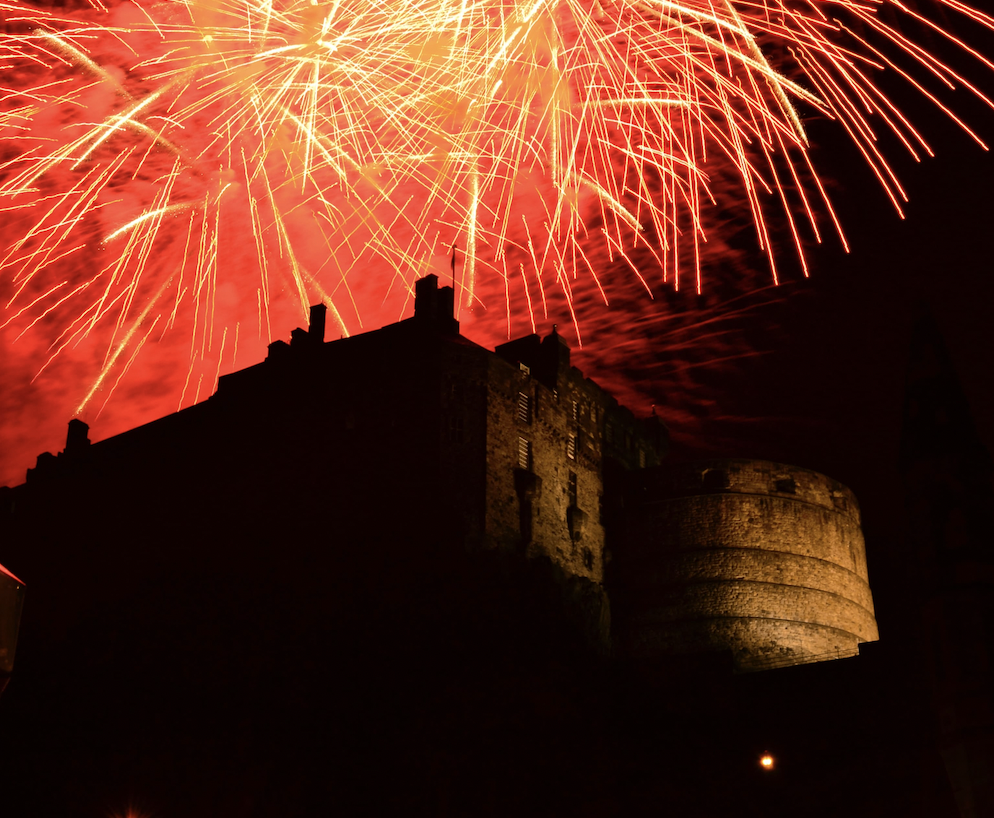What is the tradition Hogmanay about?
30th Dec 2021
By Simon Bendle, Mercat Storyteller
Hogmanay is as important to Scots as Christmas Day – maybe more so. It’s the winter festival many people here look forward to the most. With its roots stretching back centuries, this ancient New Year festival continues to be a fantastic national knees-up. It has retained all sorts of quirky customs and traditions. Here are a few:
Clean break
Scots traditionally clean their homes and clear their debts before the bells ring in New Year, it being considered unlucky to start 1st January with a dirty house or outstanding bills. In the days when open fires were common, hearths would be swept out and the ashes examined – or “read” - to see what the New Year would bring.
Throw a party
Nowhere on earth welcomes in the New Year quite like Scotland. In non-covid times House parties spill into the street. Town centres are packed with revellers. In the capital Edinburgh, thousands let their hair down on the New Town’s majestic Princes Street – the perfect spot to watch spectacular fireworks launched from the ramparts of Edinburgh Castle at the stroke of midnight.
Auld Lang Syne
The worldwide tradition of linking arms with friends and bidding farewell to the old year with a midnight rendition of Auld Lang Syne began in Scotland of course. Robbie Burns, our national poet, wrote the words to this timeless Scots song, which is based on a traditional folk tune. Auld Lang Syne literally means “old long since”, but a better translation would be “days gone by”. The song implores us not to forget old friends and old times as we begin a new chapter in our lives.
First Footing
As soon as the New Year has been rung in, it’s time for “first footing”, or visiting friends and family. The first person – or “first foot” – to cross the threshold of a Scottish home on 1st January is said to dictate a family’s luck for the coming year. Don’t arrive empty-handed – that brings bad luck. Do bring a gift of shortbread, a black bun (fruitcake wrapped in pastry), a dram of whisky, or a lump of coal to symbolically keep your hosts warm and fed in the future. First-footing can go on well into the small hours and continue for days. Both 1st and 2nd January are public holidays in Scotland – giving people plenty of time to recover from the merry-making.
Fire and water
Ancient fire rituals dating back to Viking times are still an important part of Hogmanay in Scotland. Edinburgh witnesses a huge torchlight procession through its streets. Biggar, in South Lanarkshire, has a massive bonfire. Stonehaven, in Aberdeenshire, sees revellers swinging fireballs from poles around their heads. Meanwhile, folk in South Queensferry plunge into the freezing waters of the Forth – an annual splash known as the Loony Dook.
However you choose to celebrate, Mercat Tours wishes you a happy Hogmanay and all the very best for 2022. Fancy joining us? See what tours are on in the New Year here.

